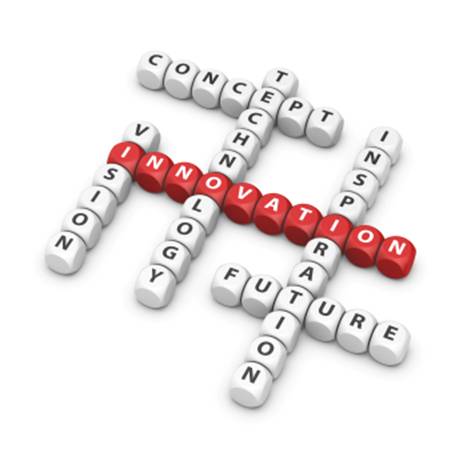Innovation and R&D
 Innovation may be the result of Research & Development, but it may simply involve better technology or better methods of working without investment of time or money. R&D is likely to be a formal programme to find new products and services or to improve product quality and function, whereas innovation may simply involve incremental change at a micro level.
Innovation may be the result of Research & Development, but it may simply involve better technology or better methods of working without investment of time or money. R&D is likely to be a formal programme to find new products and services or to improve product quality and function, whereas innovation may simply involve incremental change at a micro level.
The R&D department should work closely with both marketing and production. The demands on R&D can be linked to the product life cycle (the shorter the life cycle of a product, the faster that new products must be developed), new product development and the firm's product portfolio. Look back at the Boston Matrix and the role of the cash cow in a firm's product portfolio. All firms need at least one cash cow to generate the cash flow to pay for R&D.
A typical cycle may go like this:
- Marketing identify a need for a new product. They 'design' it in terms of concept, performance and consumer needs.
- R&D produces one or more products to meet the marketing brief.
- Products may go to market research and test marketing.
- Suitable products, after investment appraisal, go into production and onto the market.
The process starts all over again. Frequently work will start on a new project before the last project is finished. So R&D ends up working on a portfolio of projects. Some will be long-term; others short-term. Some will have a clear commercial future, others may be more difficult to exploit.
R&D is usually found within large commercial organisations. Here R&D may be found both as a function on its own, and as part of the operating companies. Unilever is an example.
